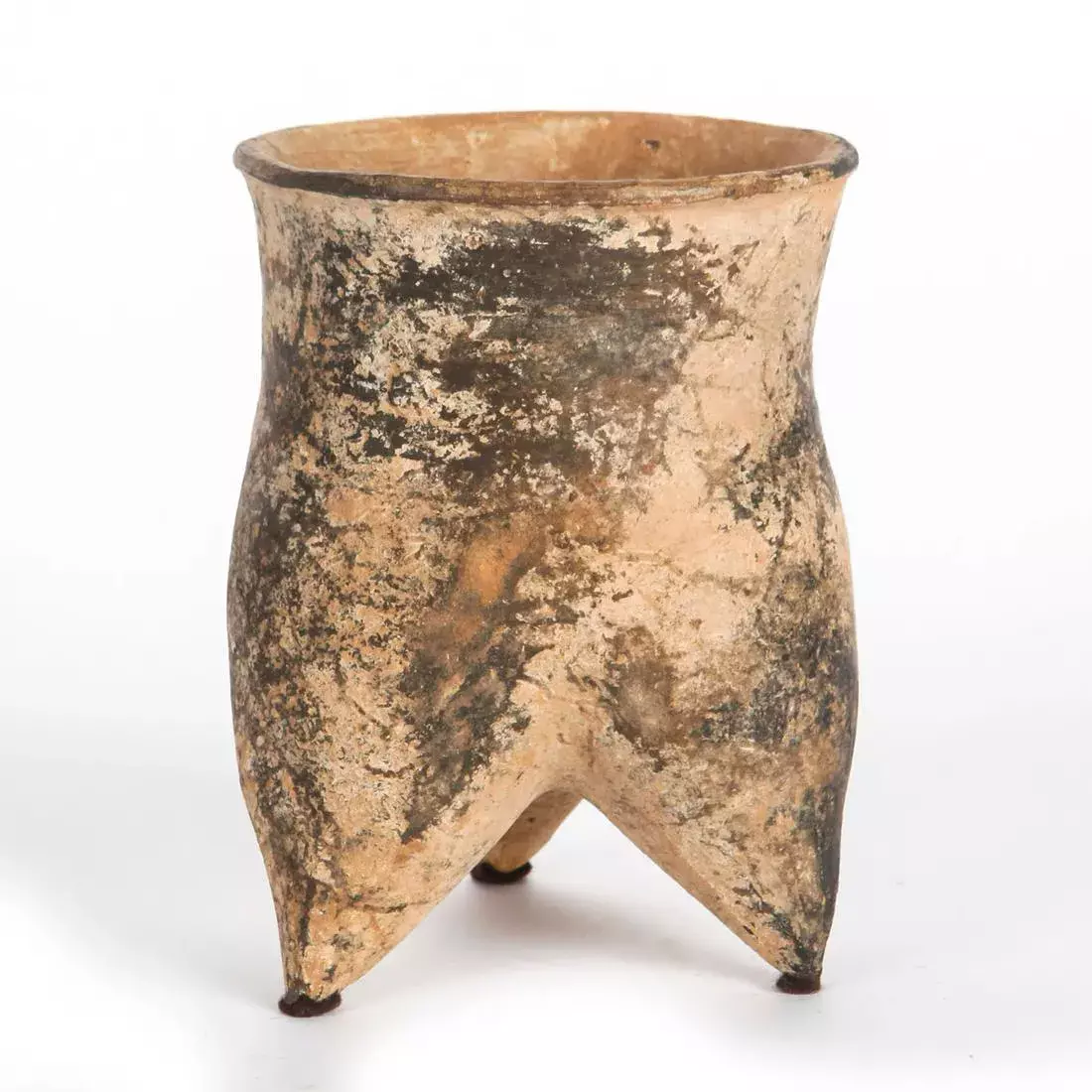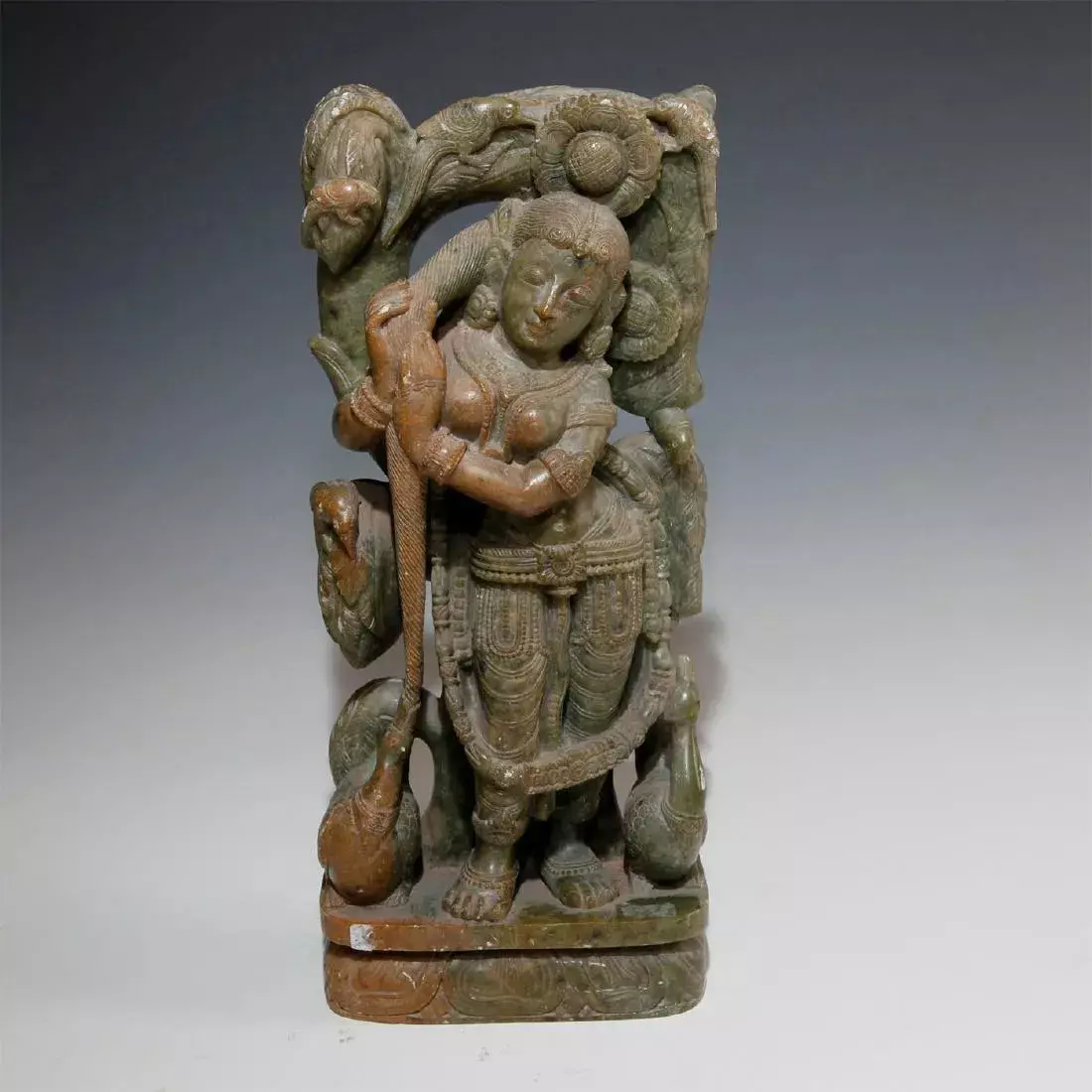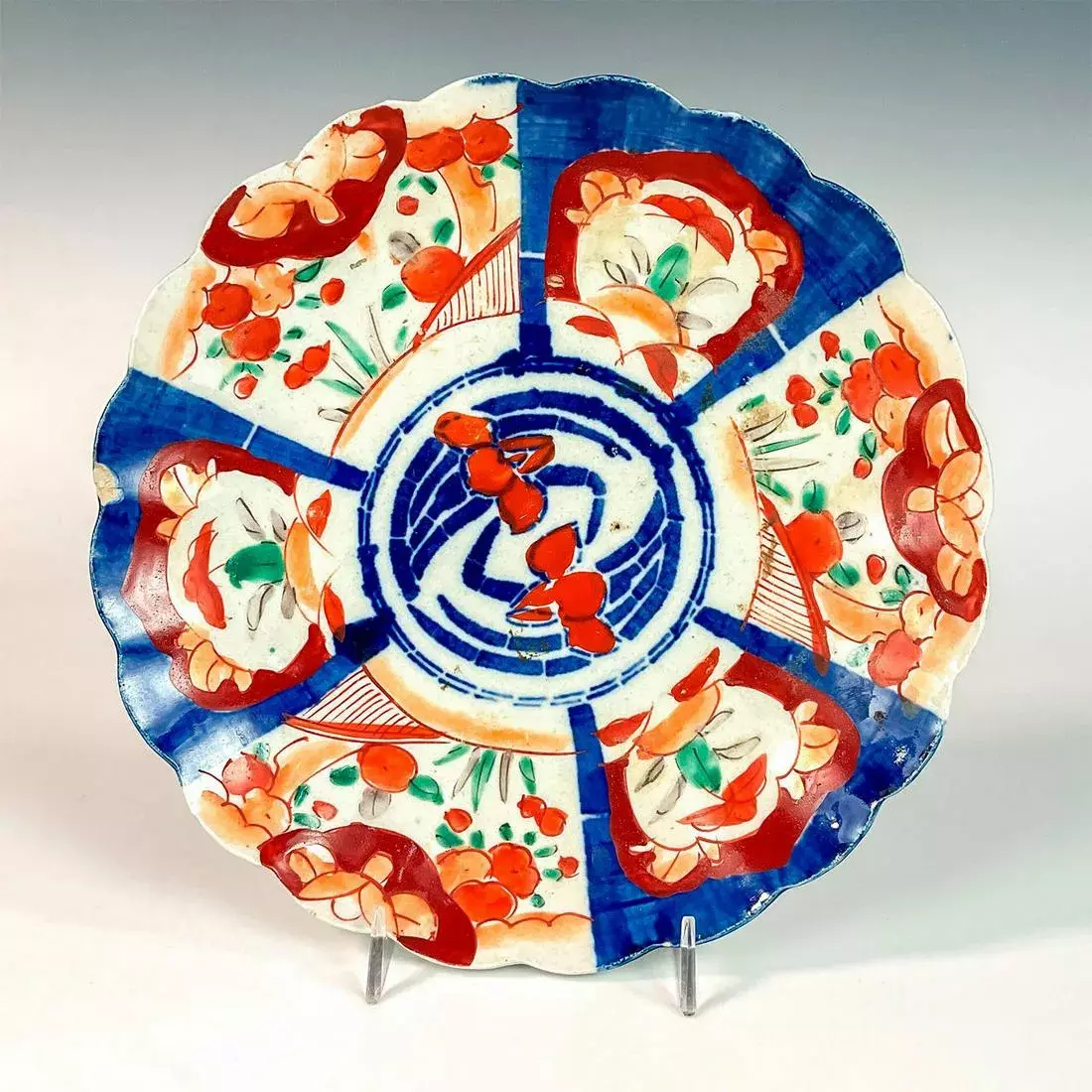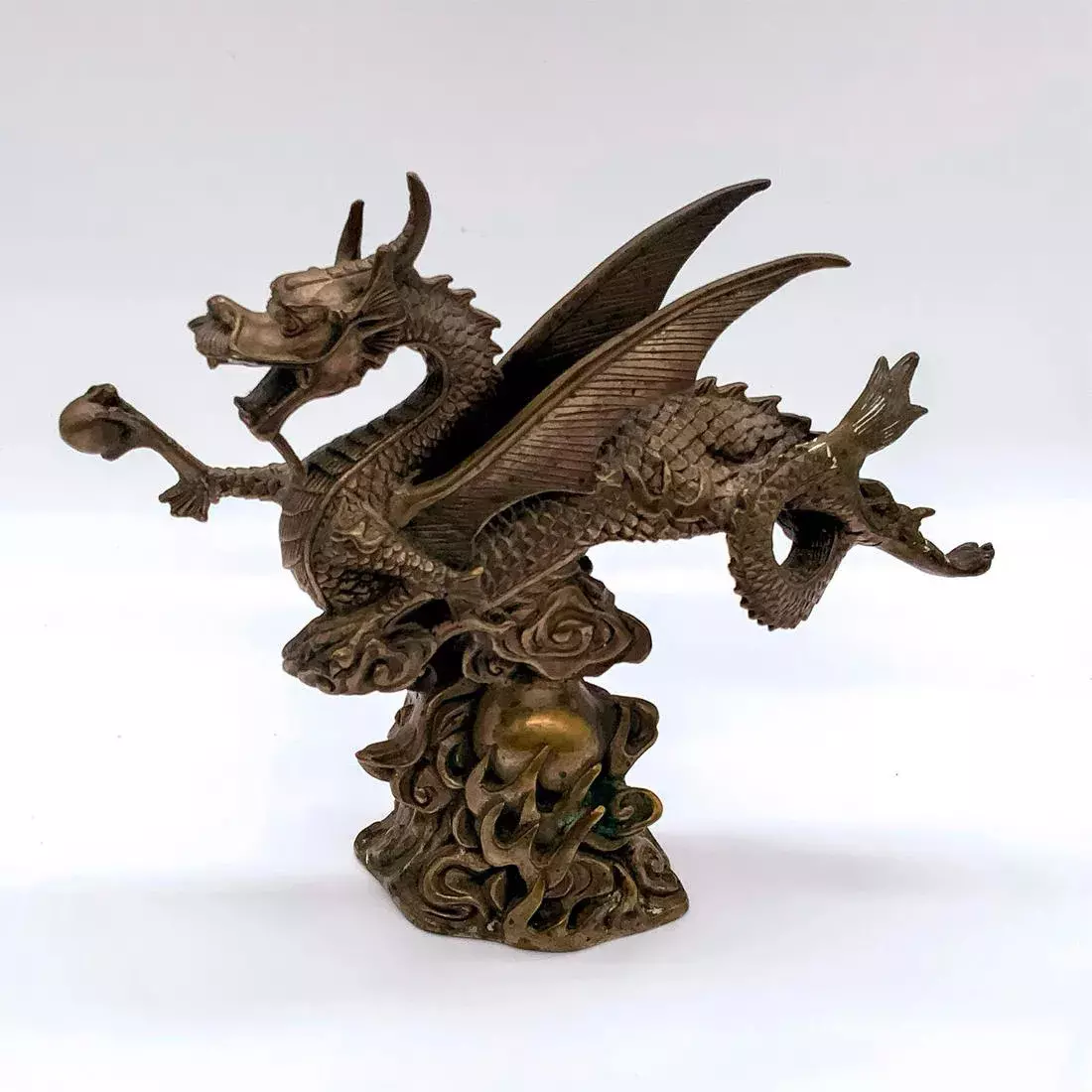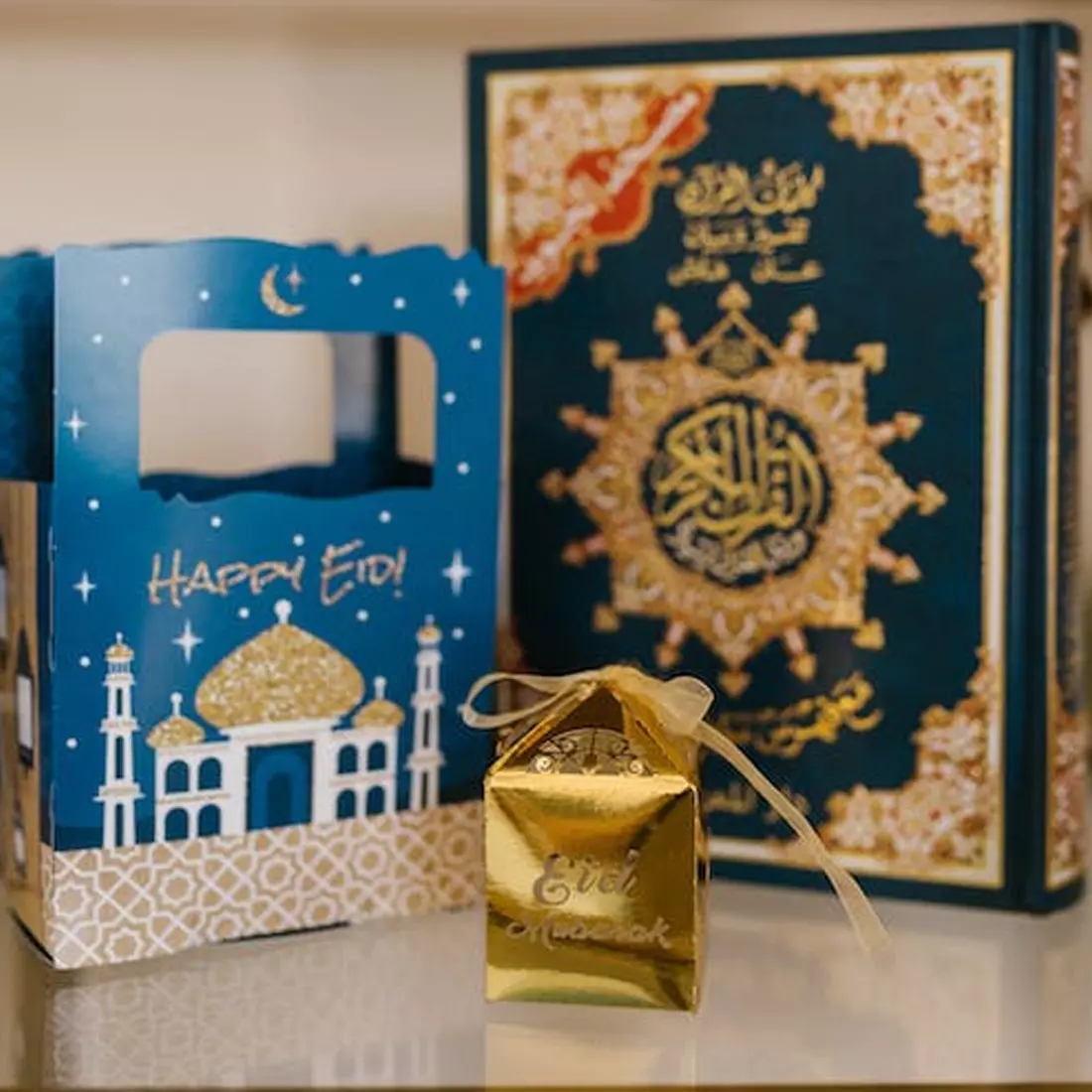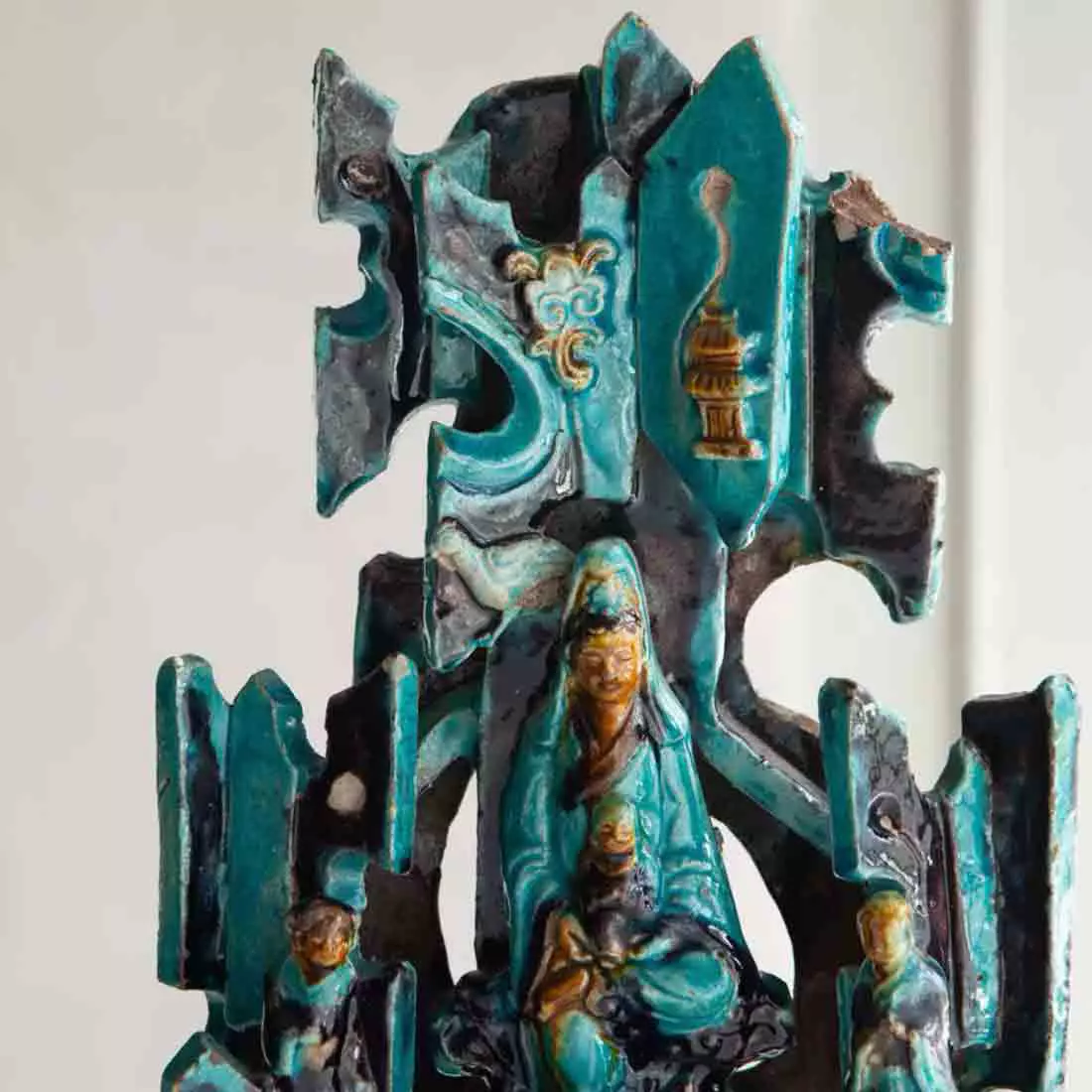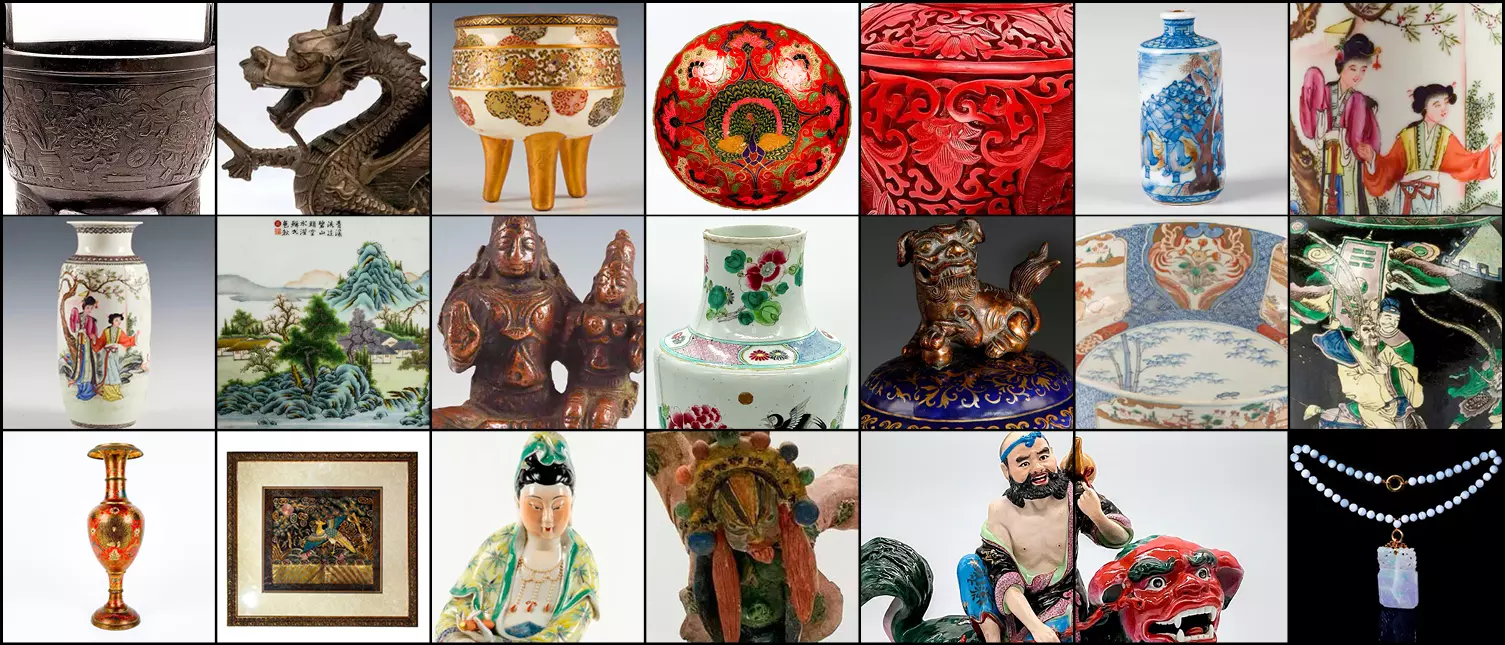
Where to Sell Asian Antiques & Pottery
Lion & Unicorn can assist you in finding the best way to sell your Asian antiques. With our extensive expertise, we can assist you in preparing your items for sale or auction. Our range of services includes appraisal, valuation, packing, and transportation, catering to clients nationwide. We understand the stress and hassle that comes with antique sales, which is why we strive to provide comprehensive solutions.
Additionally, if you have a complete estate to sell, we can make the process much smoother for you, allowing you to let go of items in your collection with ease. Connect with us today to begin offloading your valuable Asian antiques.
Tell us about your estate using the form below
Send us an email
Contact Client Services at
sales@lionandunicorn.com and we will put you in touch with the right person.
You can call us Monday – Friday any time during our office hours of
10AM – 5PM EST at 954.866.8044
Seeing your object first-hand gives our specialists the best possible opportunity to examine it in detail.
Our offices are located in South Florida – 20 minutes from Miami and minutes from Ft. Lauderdale. You can then telephone or email to make an appointment.
Asian pottery refers to the ceramics and pottery produced across the diverse and culturally rich continent of Asia. This term encompasses a wide range of pottery traditions, techniques, and styles that have developed over thousands of years within the different cultures and civilizations of Asia. Asian pottery includes pottery produced in countries such as China, Japan, Korea, India, Vietnam, Thailand, Cambodia, Indonesia, and many others. Here are some of the key characteristics and examples of Asian pottery:
- Diversity: Asian pottery is incredibly diverse due to the multitude of cultures, artistic traditions, and historical periods that have shaped its development. Each region has its own unique styles, techniques, and materials.
- Cultural Significance: Pottery in Asia often holds cultural and religious significance. Many Asian societies have used pottery for utilitarian, ceremonial, and artistic purposes, and it is often deeply integrated into daily life, rituals, and religious practices.
- Styles and Techniques: Asian pottery encompasses a wide range of styles and techniques, including wheel-thrown and hand-built pottery, underglaze and overglaze painting, intricate carving, relief work, and more. Each region has developed its own distinctive approaches to shaping, decorating, and firing pottery.
- Decorative Motifs: Many Asian pottery traditions feature decorative motifs that hold symbolic meanings. These motifs can include floral patterns, mythical creatures, calligraphy, religious symbols, and natural elements, among others.
Examples of Asian pottery traditions include:
The history of Asian antiques is a vast and diverse topic that spans several millennia and encompasses numerous cultures and civilizations. Asian antiques include a wide range of items, such as ceramics, sculptures, textiles, furniture, paintings, calligraphy, and metalwork, among others. Here, I’ll provide a brief overview of the history of Asian antiques, focusing on some key regions and periods:
- Ancient China (c. 16th century BCE – 220 CE): China has one of the oldest and richest traditions of producing art and antiques. Ancient Chinese antiques include bronze vessels, jade carvings, ceramics like celadon and porcelain, and ornate lacquerware. These items were often produced for the nobility and used in rituals and ceremonies.
- Ancient India (c. 3rd millennium BCE – 6th century CE): Indian antiques encompass a wide array of artifacts from different periods and regions. The Indus Valley Civilization produced unique items like terracotta figurines and pottery. In later periods, the Gupta and Maurya empires left behind exquisite sculptures in stone and bronze, as well as intricate metalwork and jewelry.
- Ancient Japan (c. 10,000 BCE – 538 CE): Early Japanese antiques consist of Jomon pottery, Yayoi bronze artifacts, and Haniwa clay figurines. With the influence of Buddhism from Korea and China, Japan saw the development of Buddhist sculptures, calligraphy, and religious artifacts.
- Southeast Asia (various ancient civilizations): Southeast Asia has a rich history of art and antiques. The Khmer Empire in Cambodia left behind magnificent temple sculptures like those found in Angkor Wat. Thailand, Vietnam, and Indonesia also have diverse antique traditions, including intricate textiles, ceramics, and metalwork.
- Islamic Art (7th century CE onwards): Islamic art spans a vast region, from the Middle East to Central Asia and the Indian subcontinent. It includes calligraphy, illuminated manuscripts, textiles, ceramics, and metalwork, often characterized by intricate geometric patterns and floral motifs.
- Ming and Qing Dynasties in China (1368 – 1912): The Ming and Qing dynasties saw significant advancements in the production of porcelain, particularly the famous blue-and-white ware. Additionally, intricately carved furniture, jade carvings, and paintings on silk flourished during this period.
- Edo Period in Japan (1603 – 1868): The Edo period was marked by relative peace and stability in Japan, fostering the growth of arts and culture. Notable antique items from this era include woodblock prints, ceramics like Imari ware, and lacquerware.
- Colonial Era in Asia (17th – 20th centuries): European colonial powers established trading posts and colonized parts of Asia, leading to the export of Asian antiques to Europe and other parts of the world. This era marks the beginning of Asian antiques’ popularity in the international market.
Throughout history, Asian antiques have been highly sought after by collectors and art enthusiasts worldwide. Today, they continue to hold significant cultural, historical, and artistic value, with many private and public collections preserving these valuable pieces of Asian heritage.

